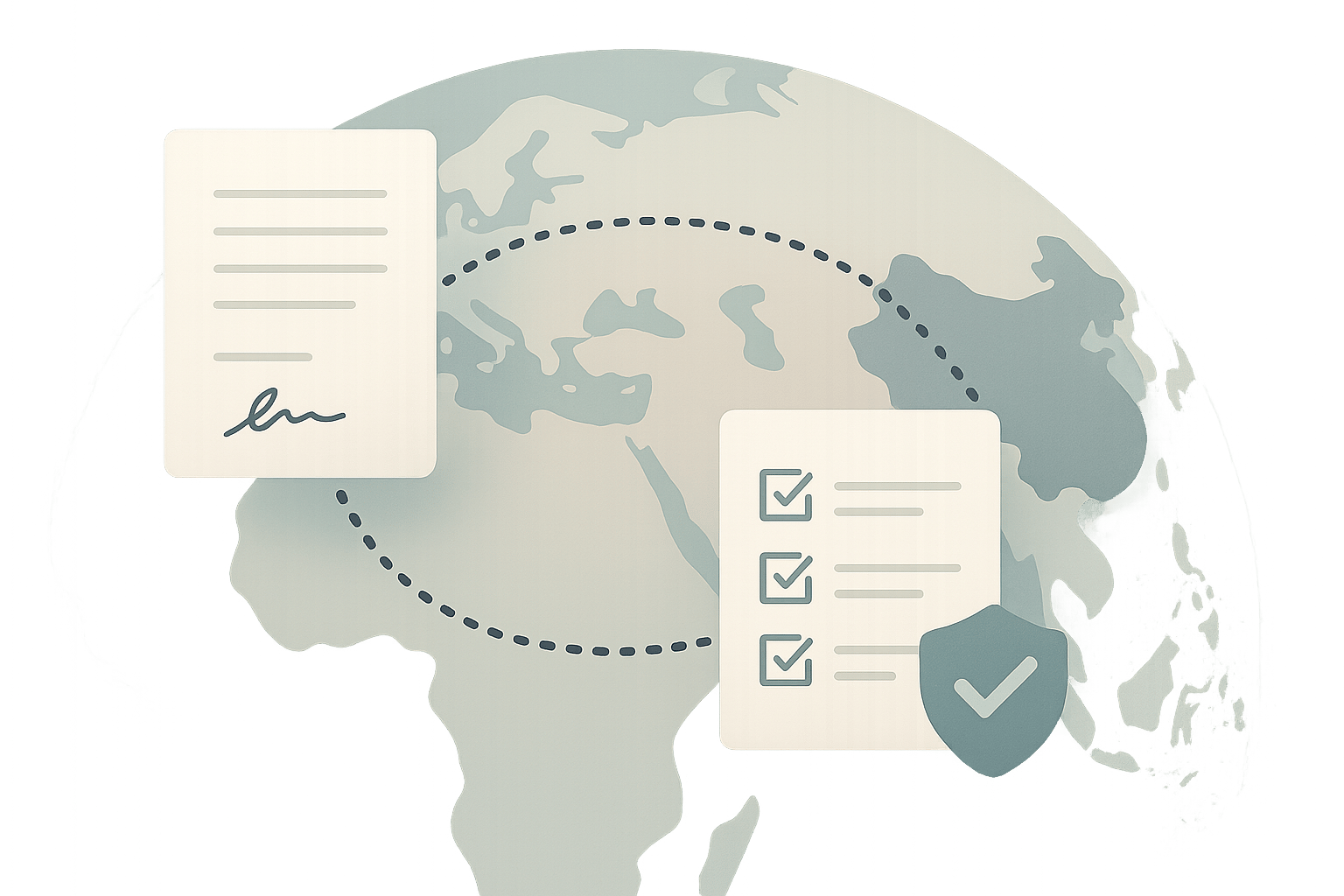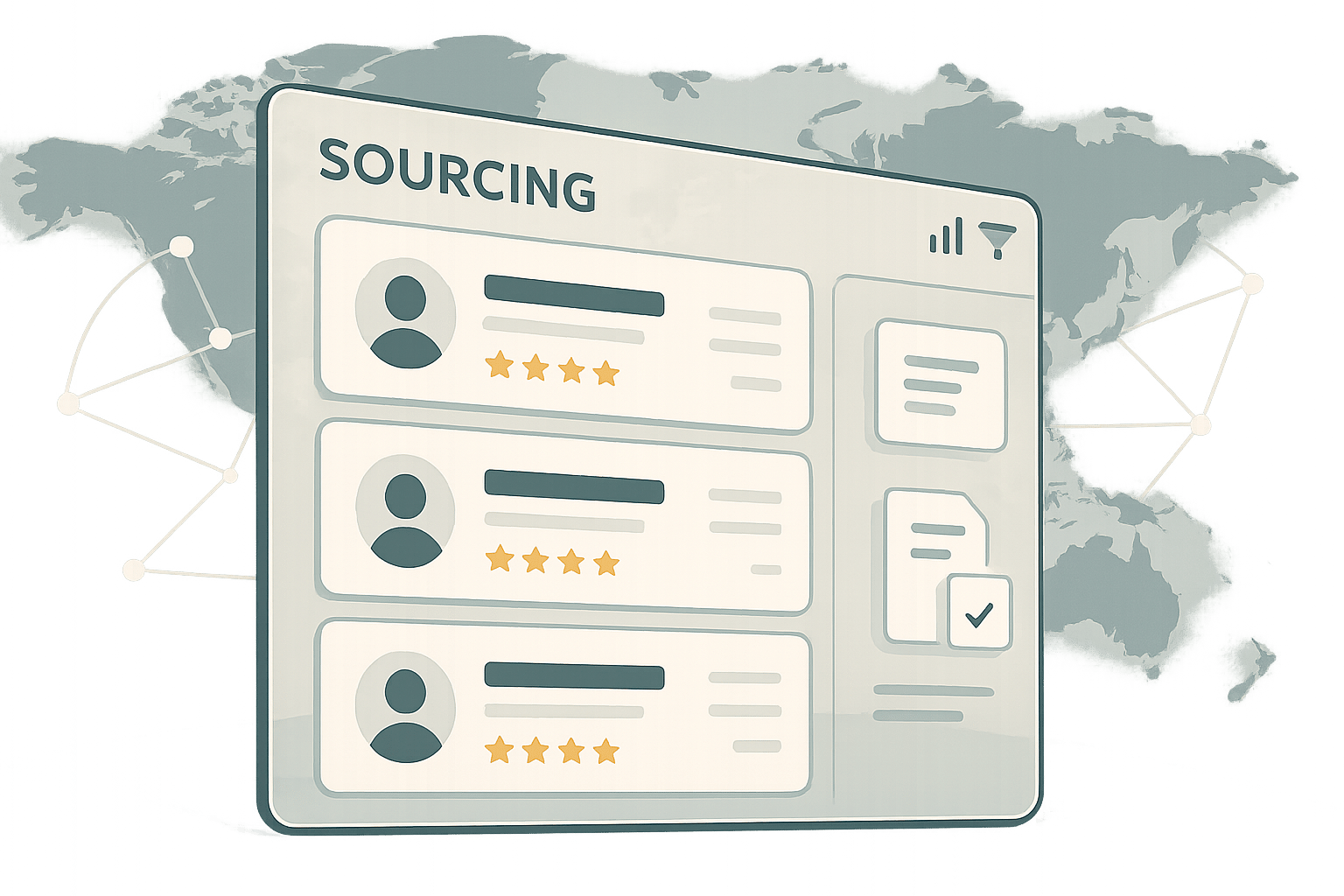Understanding Supplier Risks with a Sourcing Risk Analyzer
When it comes to building a resilient supply chain, knowing where potential pitfalls lie is half the battle. Businesses sourcing products globally often face challenges like political instability, unreliable delivery timelines, or overly complex networks of intermediaries. That’s where a tool designed to evaluate supplier risks can be a game-changer. It offers a structured way to assess vulnerabilities and make smarter choices.
Why Assessing Supply Chain Risks Matters
Imagine sourcing materials from a region with sudden policy changes or relying on a partner with a spotty track record. Without a clear picture, you’re gambling with your operations. A well-designed evaluation tool takes the guesswork out of the equation by analyzing key factors—think regional stability or past performance—and presenting actionable insights. This kind of clarity helps you prioritize reliable partners and avoid costly disruptions.
Making Informed Decisions
Beyond just flagging issues, a robust assessment system breaks down the ‘why’ behind the risks. You’ll see how much weight location or logistics carry in the overall picture, empowering you to address specific weak spots. For any business looking to streamline sourcing, leveraging such a resource is a practical step toward long-term stability and trust in your supply network.
FAQs
How does the Sourcing Risk Analyzer calculate the risk score?
Great question! The tool uses a weighted scoring system to evaluate risk. Location stability accounts for 30% of the score, reflecting how political or economic issues in a region might impact sourcing. Supply chain complexity, like the number of intermediaries, contributes 25%, while historical reliability—think on-time delivery rates—makes up another 30%. Finally, any qualitative notes you add, such as concerns about communication, weigh in at 15%. All these factors combine to give you a score out of 100, plus a clear risk level.
Can I trust the recommendations provided by this tool?
Absolutely, though I’d encourage you to use them as a starting point. The recommendations—like suggesting a backup supplier—are based on transparent calculations and real data you input. We break down every contributing factor so you can see why a certain risk level was assigned. That said, your own industry knowledge and context matter too. Think of this tool as a trusted advisor, not a final decision-maker, helping you spot potential issues before they become problems.
What kind of data do I need to use this tool effectively?
You don’t need a ton of data to get started, but the more specifics you provide, the better the results. At a minimum, you’ll want the supplier’s location and a rough idea of political stability there—rate it from 1 to 5 based on what you know. Info on supply chain complexity, like how many intermediaries are involved, helps a lot. If you’ve got historical stats, such as the percentage of on-time deliveries, definitely plug those in. And if there’s anything else on your mind, like inconsistent communication, toss that into the qualitative notes section for a well-rounded analysis.


